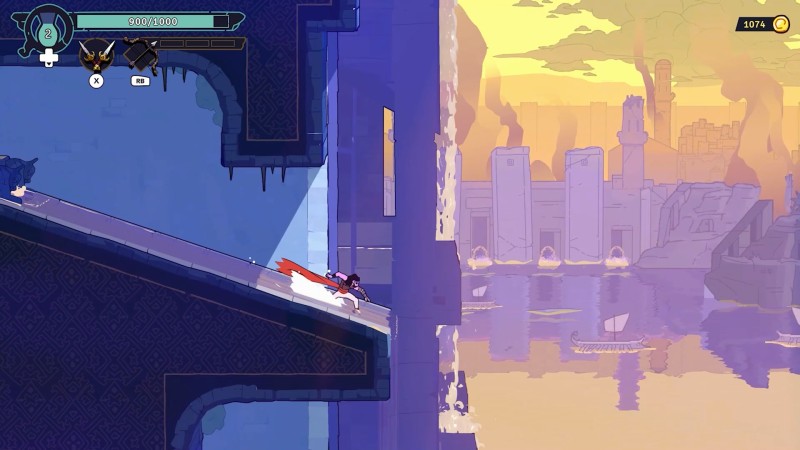

Please support Game Informer. Print magazine subscriptions are less than $2 per issue
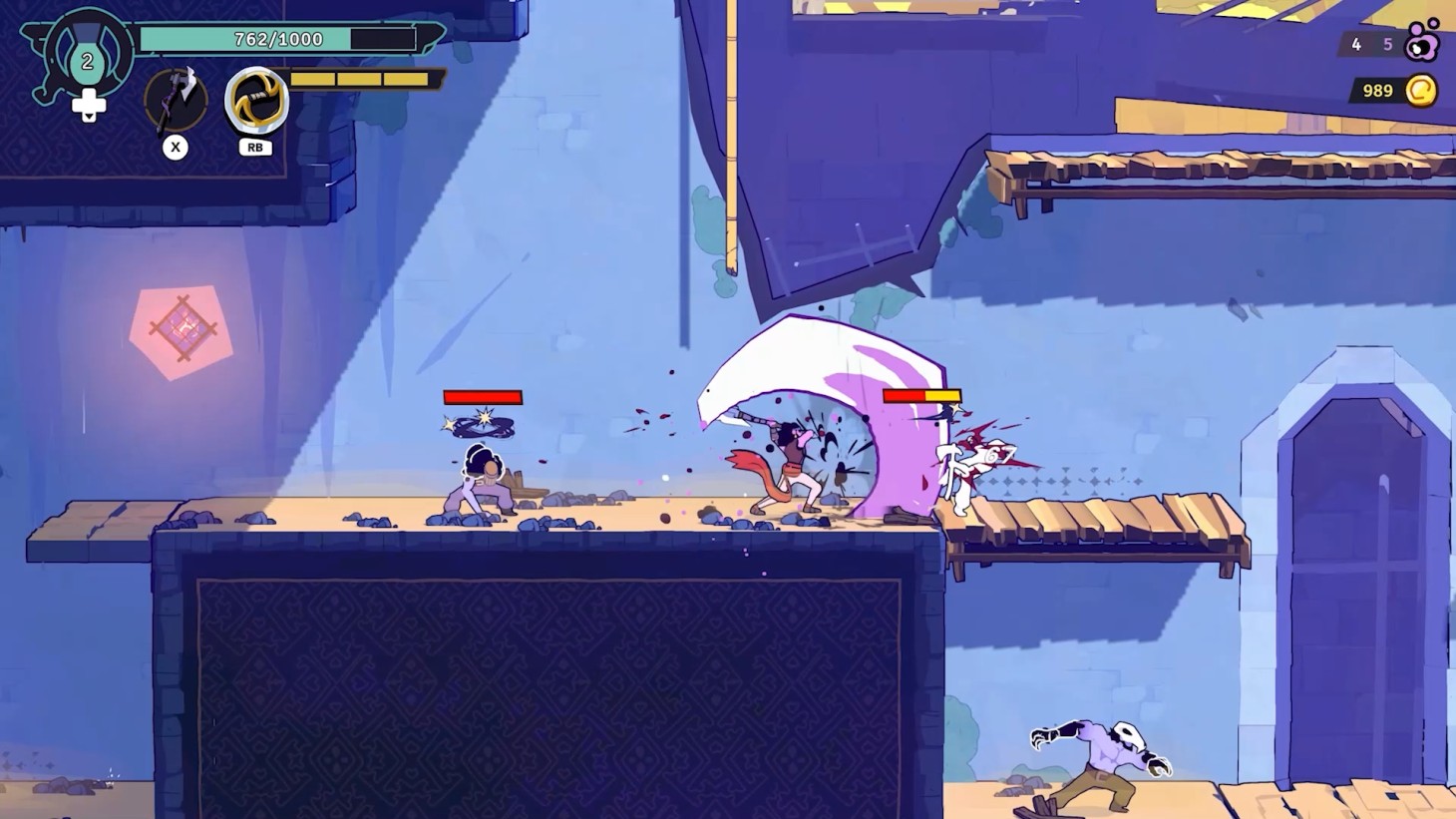
When I had the chance to go hands-on with The Rogue: Prince of Persia, I had only watched the credits roll on Prince of Persia: The Lost Crown a few nights ago. Before that, the last time I watched credits roll on a new Prince of Persia game was in 2010 with The Forgotten Sands. I was surprised and happy to play a new excellent Prince of Persia game this year, but considering how long I had to wait for that one, I was not holding my breath for another – not even the Sands of Time remake I have been patiently waiting for.
Which is to say it was incredibly surprising when Ubisoft reached out about its new Prince of Persia rogue-lite. It’s not a mode in Lost Crown or a spinoff, as I initially assumed, but rather a whole new game from Evil Empire, the co-developer of Dead Cells. “It's actually a totally new story and new universe, so it's not connected to the previous games,” Evil Empire art director Dylan Eurlings tells me when I ask about the game’s canon and relationship to the Princes that came before it.
But that isn’t to say The Rogue does not have at least some kind of relationship with Lost Crown. “We sold [The Rogue] during [Lost Crown’s] alpha stage,” Evil Empire game director Lucie Dewagnier says. “Since the beginning, we were in communication. They played our game, we played theirs.” Dewagnier follows up with compliments about Lost Crown. “Since we were working on the same franchise, we sometimes had the same ideas, and the same solutions to issues,” Dewagnier says. “We needed to communicate to avoid making the same decision and making the same game.”
When asked if we are getting too much Prince of Persia, Dewagnier laughs and says, “No, I think there is no such thing as too much Prince of Persia.”
While it may not be canonically connected to past Prince of Persias, I asked if we can expect unlockable costumes and comparable items referencing previous games. “It’s not in the game right now. I cannot say we won’t do it, but I cannot say we will,” Dewagnier says with a chuckle. At this point, the team seems focused on just getting the early access version into the hands of players on May 15.

The Rogue: Prince of Persia follows a Prince who has had time travel powers his whole life. He has always had a special item that returns him to the last place he was truly safe before he died, and it has filled him with hubris and a complete disregard for personal safety. Turns out when you can leap from any height and fight anyone without worrying about your mortality, it makes you a pretty formidable acrobat and combatant. Unfortunately, his rash personality with little skill for strategic foresight has attracted an invading Hun army and its magic-wielding king Nogai, which is where this Prince (simply called The Prince once again) begins the game.
I grasped The Rogue’s basic controls quickly, thanks to my history with Dead Cells. In a complementary way, the games feel similar. Pouncing on enemies from above and swinging swords all feel familiar, but The Prince is more acrobatic than The Prisoner (a similarly unnamed protagonist that shares the first three letters of their name). Swinging on bars and clambering up platforms feels like Dead Cells, but it’s running along the walls that feel new for the genre.
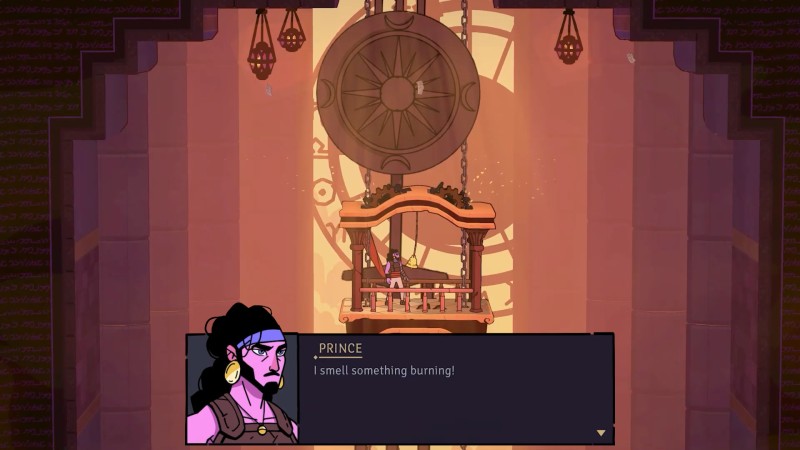
The Prince has been running along walls since 2003, but it feels different here. If there is a wall in the background, you can run up and across it to avoid obstacles and get to out-of-reach platforms. Functionally, it feels like a stand-in for a double jump, but it gives the Prince’s movement an individual identity. It’s the kind of mechanic I fear I will miss when playing follow-up 2D platformers in the future.
Evil Empire did experiment with another mechanical staple of Sands of Time – rewinding time to undo short-term mistakes – but made the difficult choice to cut it. “It broke everything – the rhythm, the combat – so we decided to get rid of it,” Dewagnier says. “And I was very sad because it was, for me, the most complex thing I did technically, as a programmer.” It didn’t serve the game, so it had to go. “Sometimes something works. Sometimes something doesn't work. And you don't want to land in the sunk cost fallacy and keep something just because.”
Combat overall is manageable. On an Xbox controller, I used the B button to dodge enemies, the Y button to kick them away, and the X button for a familiar standard attack. The Prince also has a ranged weapon with limited use. I didn’t lean on that mechanic too much, but I did find a boomerang-like item that was more satisfying to use than the starter bow and arrow.
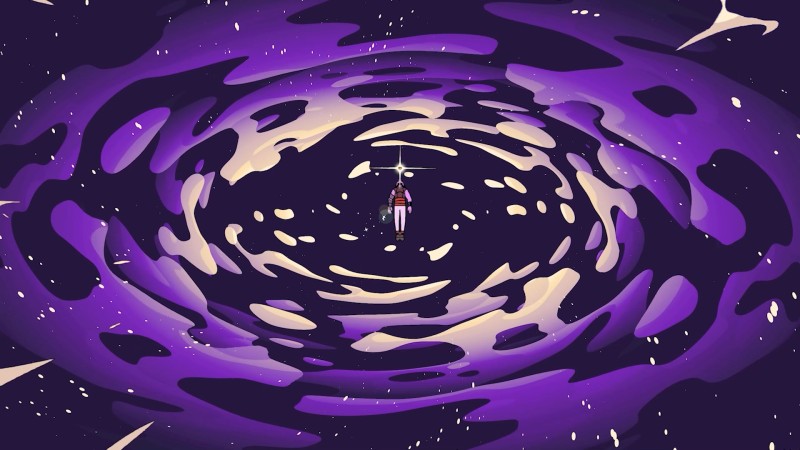
Alongside enemy combat, I also found a few rooms that were purely platforming challenges, and those are highlights. Narrowly dodging spinning blades and spiked pits using the Prince’s wall-running ability felt great, and I am certain I will eagerly pursue these challenge rooms whenever they appear.
Perhaps expectedly, the final boss destroyed me. I only got a few hits in before it killed me and sent me back to what appeared to be the night before, where I was hanging out near a campfire with one of the villagers. I had been having a smooth time up until that point, but the boss was a stark reminder of the challenge I was familiar with from Dead Cells. Prince of Persia may be known and potentially appeal to a larger audience than Dead Cells, but Evil Empire is not pulling back on difficulty. “We don’t try to make the game easier. We try to make it accessible,” Dewagnier says. Challenge is necessary to encourage that feeling of consistent growth. When asked if permanent upgrades will be available, Dewagnier says, “It's something we are still working on. Something we want to work on with the community.”
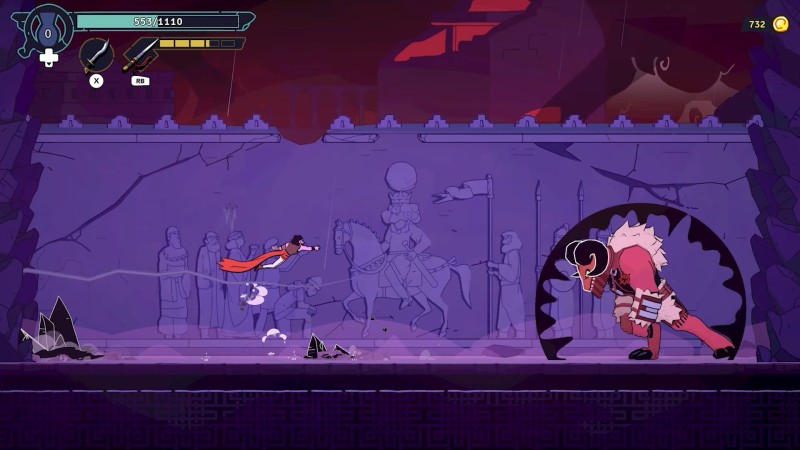
On a subsequent run, I ran into another friendly townsperson who shared information with the Prince about a new location where the Huns were gathering. I was not able to dive too deeply into it, but finding people out in the world like this rewards new path options to attempt on follow-up runs.
I was eager to attempt another run at the end of my demo session before my online access to the build was callously revoked by the people in charge. I agreed to the timing of my access, but I was still sad to see it go, which bodes well for its upcoming initial release. I want to play more, which I was a little surprised by considering how recently I finished Lost Crown. I wasn’t sure I would be ready to jump into another 2D Prince of Persia game, but The Rogue has its own identity, genre, and style. We can all start attempting our own runs when the game enters Steam Early Access on May 15, which understandably (but somewhat disappointingly) will not represent the game’s full narrative. “You will see the first act of the story. We have planned for three acts,” Dewagnier says.